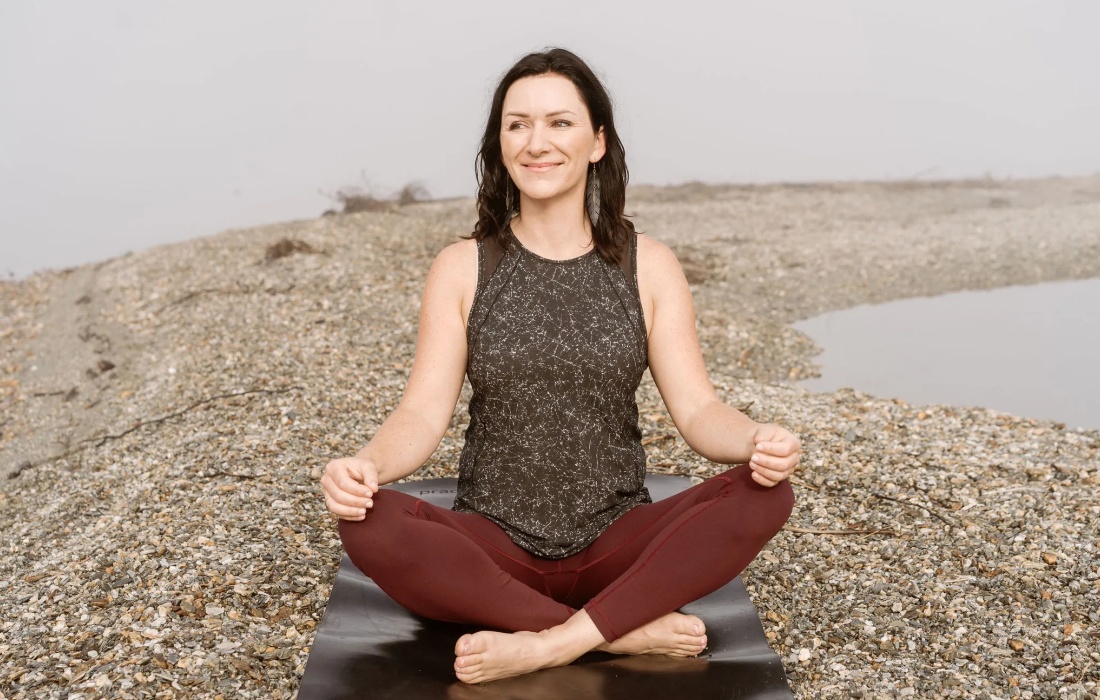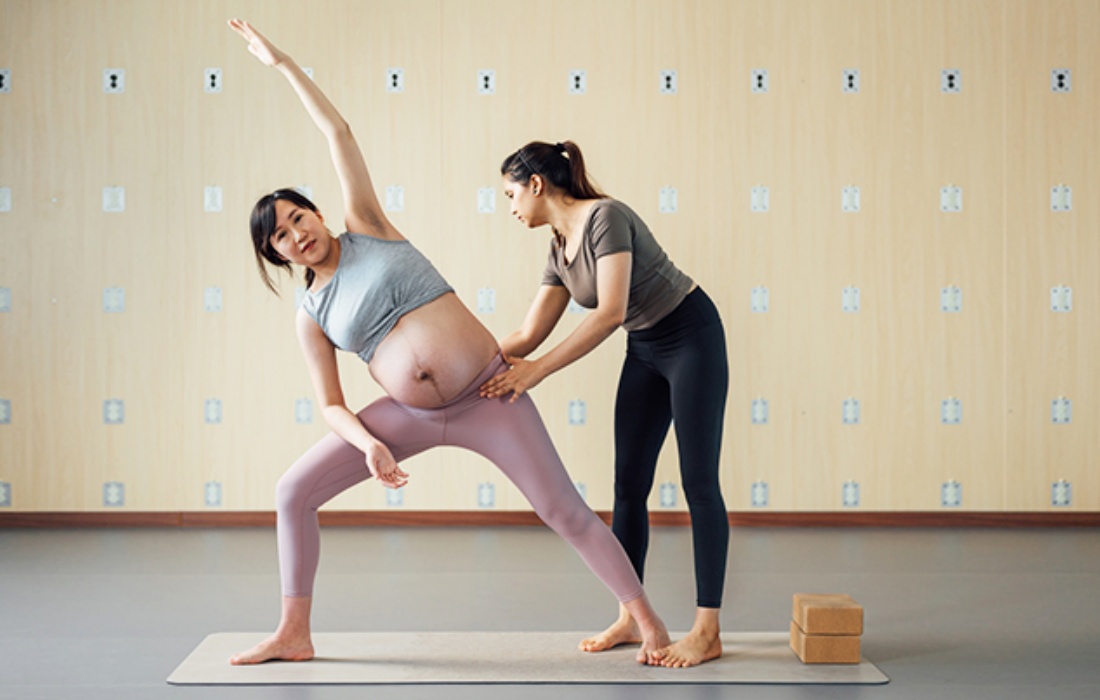The most popular type of breathing exercise is known as diaphragmatic or abdominal breathing. This type of breathwork involves conscious control over the diaphragm muscles in order to bring about deep inhalations followed by slow exhalations. With each breath cycle the lungs fill up with oxygen which helps relax the body while also allowing more blood to flow throughout the system providing a greater sense of mental clarity and emotional balance. Diaphragmatic breathing has been shown to reduce tension in both skeletal muscle groups as well as smooth muscle groups resulting in improved relaxation.
Another popular form of breathing exercise is known as alternate nostril breathwork which works to restore the balance between the left brain/right brain hemispheres by alternating breaths between each nostril before concluding with an exhale through both nostrils at once. This type of breathwork helps stimulate our parasympathetic nervous system leading to feelings of calmness and relaxation while increasing focus at the same time. Alternate nostril breathwork has been used for centuries for its calming effects on both physical ailments such as headaches or nausea as well as psychological issues such as anxiety or depression due to its ability to encourage mindfulness through paying attention to one’s own internal rhythms rather than external distractions from daily life.
 Finally, there is pranayama meditation which focuses on using specific breaths (such as Ujjayi) combined with visualization techniques in order to create space within oneself where healing can take place from within without relying solely upon external sources such as medication or counseling sessions alone. Pranayama meditation utilizes various postures along with mindful awareness towards building a strong connection between body and mind allowing individuals access into deeper realms and enabling them access to their innermost selves where long-term healing can occur naturally over time instead of relying solely upon short-term relief mechanisms provided externally through medical treatments or traditional therapy sessions alone.
In conclusion, practicing regular breathing exercises provides numerous benefits ranging from improved physical health all the way up to spiritual enlightenment when practiced regularly over extended periods of time whether it be through diaphragmatic abdominal breaths, alternate nostril breathing work, pranayama meditation, or any other forms designed specifically around helping individuals achieve optimal wellbeing regardless of whichever form they decide best suits their needs.
It is no secret that breathing exercises are beneficial for the body, mind, and spirit. Regular practice of breathing techniques can help to improve overall health and well-being. By focusing on proper breathing, one can decrease stress levels, reduce anxiety and depression, increase vitality and energy levels, improve concentration and focus, enhance physical performance, and even lower blood pressure.
The most popular type of breathing exercise is known as diaphragmatic or abdominal breathing. This type of breathwork involves conscious control over the diaphragm muscles in order to bring about deep inhalations followed by slow exhalations. With each breath cycle the lungs fill up with oxygen which helps relax the body while also allowing more blood to flow throughout the system providing a greater sense of mental clarity and emotional balance. Diaphragmatic breathing has been shown to reduce tension in both skeletal muscle groups as well as smooth muscle groups resulting in improved relaxation.
Another popular form of breathing exercise is known as alternate nostril breathwork which works to restore the balance between the left brain/right brain hemispheres by alternating breaths between each nostril before concluding with an exhale through both nostrils at once. This type of breathwork helps stimulate our parasympathetic nervous system leading to feelings of calmness and relaxation while increasing focus at the same time. Alternate nostril breathwork has been used for centuries for its calming effects on both physical ailments such as headaches or nausea as well as psychological issues such as anxiety or depression due to its ability to encourage mindfulness through paying attention to one’s own internal rhythms rather than external distractions from daily life.
Finally, there is pranayama meditation which focuses on using specific breaths such as Ujjayi combined with visualization techn iques in order to create space within oneself where healing can take place from within without relying solely upon external sources such as medication or counseling sessions alone. Pranayama meditation utilizes various postures along with mindful awareness towards building a strong connection between body and mind allowing individuals access into deeper realms and enabling them access to their innermost selves where long-term healing can occur naturally over time instead of relying solely upon short-term relief mechanisms provided externally through medical treatments or traditional therapy sessions alone.
In conclusion, practicing regular breathing exercises provides numerous benefits ranging from improved physical health all the way up to spiritual enlightenment when practiced regularly over extended periods of time whether it be through diaphragmatic abdominal breaths, alternate nostril breathing work, pranayama meditation, or any other forms designed specifically around helping individuals achieve optimal wellbeing regardless of whichever form they decide best suits their needs.
Finally, there is pranayama meditation which focuses on using specific breaths (such as Ujjayi) combined with visualization techniques in order to create space within oneself where healing can take place from within without relying solely upon external sources such as medication or counseling sessions alone. Pranayama meditation utilizes various postures along with mindful awareness towards building a strong connection between body and mind allowing individuals access into deeper realms and enabling them access to their innermost selves where long-term healing can occur naturally over time instead of relying solely upon short-term relief mechanisms provided externally through medical treatments or traditional therapy sessions alone.
In conclusion, practicing regular breathing exercises provides numerous benefits ranging from improved physical health all the way up to spiritual enlightenment when practiced regularly over extended periods of time whether it be through diaphragmatic abdominal breaths, alternate nostril breathing work, pranayama meditation, or any other forms designed specifically around helping individuals achieve optimal wellbeing regardless of whichever form they decide best suits their needs.
It is no secret that breathing exercises are beneficial for the body, mind, and spirit. Regular practice of breathing techniques can help to improve overall health and well-being. By focusing on proper breathing, one can decrease stress levels, reduce anxiety and depression, increase vitality and energy levels, improve concentration and focus, enhance physical performance, and even lower blood pressure.
The most popular type of breathing exercise is known as diaphragmatic or abdominal breathing. This type of breathwork involves conscious control over the diaphragm muscles in order to bring about deep inhalations followed by slow exhalations. With each breath cycle the lungs fill up with oxygen which helps relax the body while also allowing more blood to flow throughout the system providing a greater sense of mental clarity and emotional balance. Diaphragmatic breathing has been shown to reduce tension in both skeletal muscle groups as well as smooth muscle groups resulting in improved relaxation.
Another popular form of breathing exercise is known as alternate nostril breathwork which works to restore the balance between the left brain/right brain hemispheres by alternating breaths between each nostril before concluding with an exhale through both nostrils at once. This type of breathwork helps stimulate our parasympathetic nervous system leading to feelings of calmness and relaxation while increasing focus at the same time. Alternate nostril breathwork has been used for centuries for its calming effects on both physical ailments such as headaches or nausea as well as psychological issues such as anxiety or depression due to its ability to encourage mindfulness through paying attention to one’s own internal rhythms rather than external distractions from daily life.
Finally, there is pranayama meditation which focuses on using specific breaths such as Ujjayi combined with visualization techn iques in order to create space within oneself where healing can take place from within without relying solely upon external sources such as medication or counseling sessions alone. Pranayama meditation utilizes various postures along with mindful awareness towards building a strong connection between body and mind allowing individuals access into deeper realms and enabling them access to their innermost selves where long-term healing can occur naturally over time instead of relying solely upon short-term relief mechanisms provided externally through medical treatments or traditional therapy sessions alone.
In conclusion, practicing regular breathing exercises provides numerous benefits ranging from improved physical health all the way up to spiritual enlightenment when practiced regularly over extended periods of time whether it be through diaphragmatic abdominal breaths, alternate nostril breathing work, pranayama meditation, or any other forms designed specifically around helping individuals achieve optimal wellbeing regardless of whichever form they decide best suits their needs.

Hi~Living Deals from "The Xebec"










